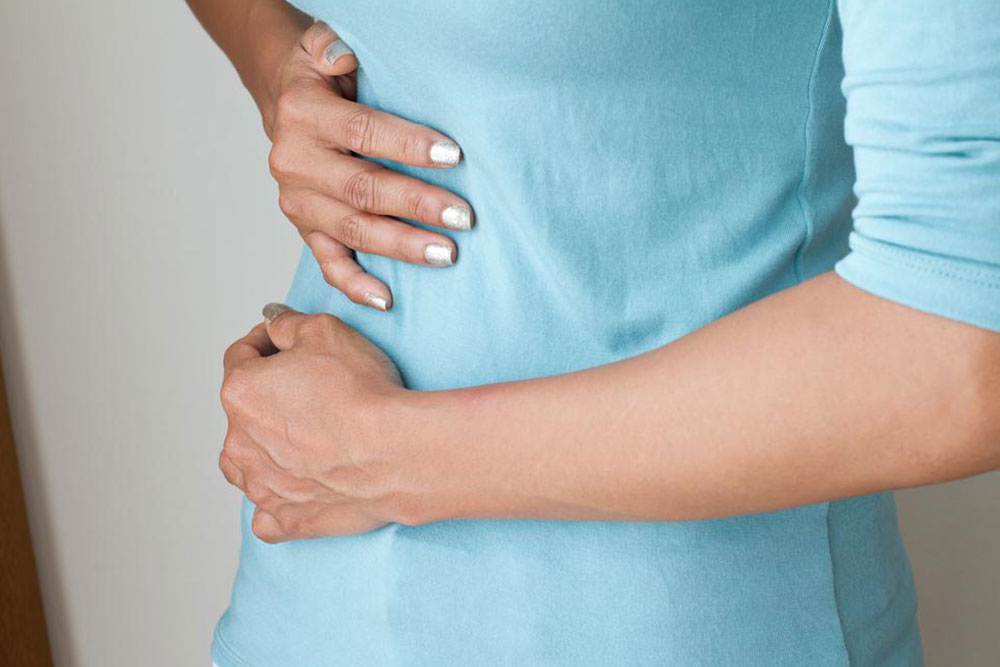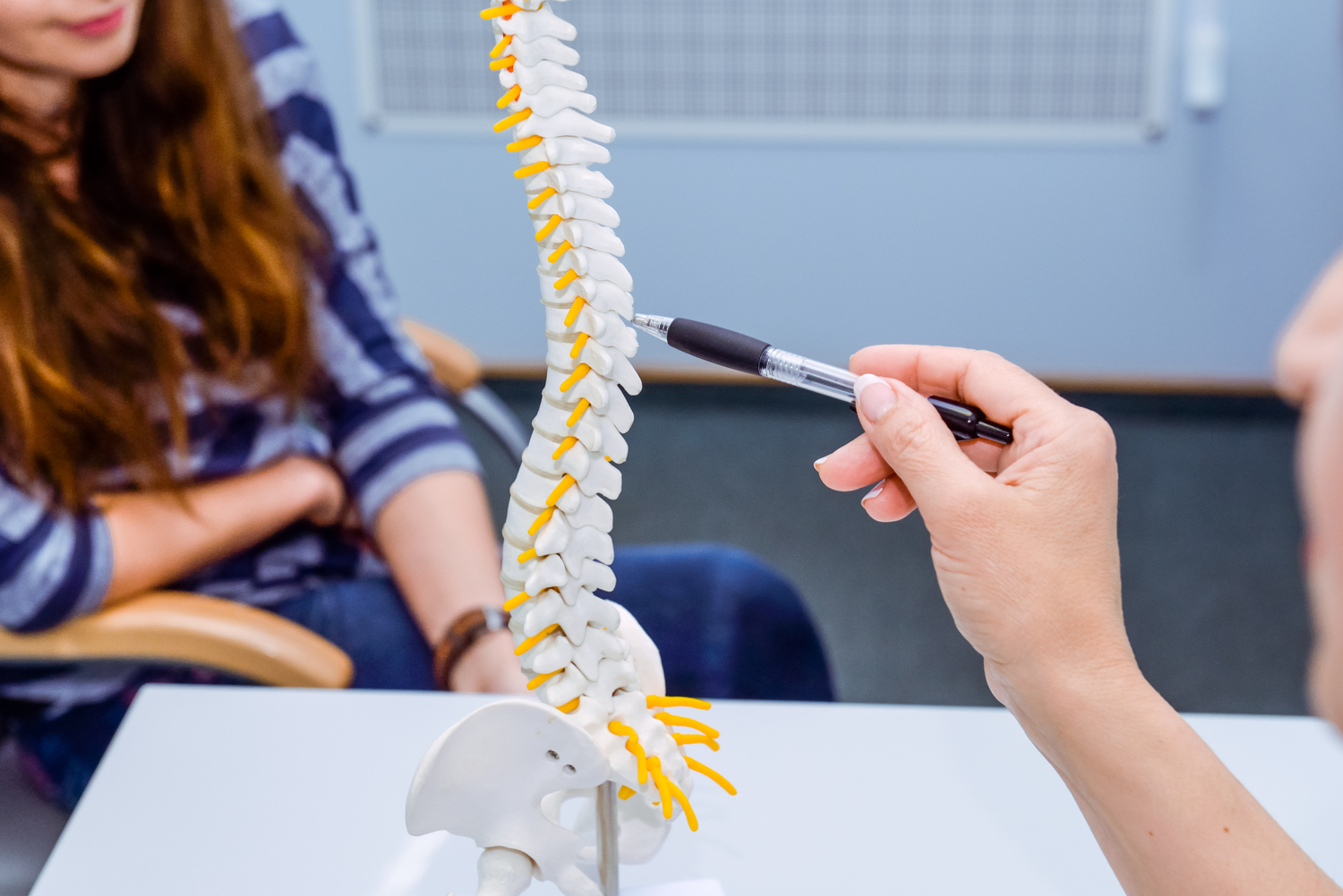Top 4 Factors Increasing the Risk of Fatty Liver Disease
This article highlights four primary risk factors for fatty liver disease, including overeating, visceral fat, high cholesterol, and diabetes. Understanding these factors can help in early detection and prevention. Fatty liver is a common condition affecting many, especially heavy drinkers, and can lead to severe liver issues if left unmanaged. Regular health screenings and mindful eating are essential for reducing risk and maintaining liver health. Learn about these vital risk indicators to protect your liver and overall well-being.

Top 4 Factors Increasing the Risk of Fatty Liver Disease
Fatty liver disease results from excess fat buildup in the liver, often linked to alcohol intake, hepatitis C, obesity, high iron levels, or diabetes. Approximately 30% of Americans are affected by some form of this condition, which is a leading cause of chronic liver issues worldwide. It commonly affects heavy drinkers. There are two main types: alcoholic fatty liver disease and nonalcoholic fatty liver disease (NAFLD). NAFLD typically lacks permanent effects but can advance to more severe liver conditions like NASH, cirrhosis, or cancer. Symptoms are rare, but certain risk factors signal higher susceptibility. Here are four key risk factors:
Overconsumption of Food: Binge eating or frequent cravings for sugar and carbs can be early signs of fatty liver. Excess calorie intake or processed sugars increases risk.
Being attentive to dietary habits and meal frequency is vital.
Accumulation of Visceral Fat: Fat stored around abdominal organs causes a pot belly. Obesity leads to excess visceral fat, which strains the liver’s ability to process fats, heightening fatty liver risk.
Elevated Blood Cholesterol Levels: High levels of triglycerides or LDL cholesterol from a diet rich in saturated and trans fats can increase liver fat production, raising the likelihood of fatty liver.
Diabetes: Diabetic individuals should get screened for fatty liver. Many with type-2 diabetes also develop NAFLD, often identified through imaging tests like MRI.
Note:
Our blog shares diverse, informative content based on research and data. While useful, articles shouldn't be considered definitive. The team isn’t responsible for potential inaccuracies or differences across platforms. Additionally, some schemes or offers may not be covered here, so explore further for best options.










